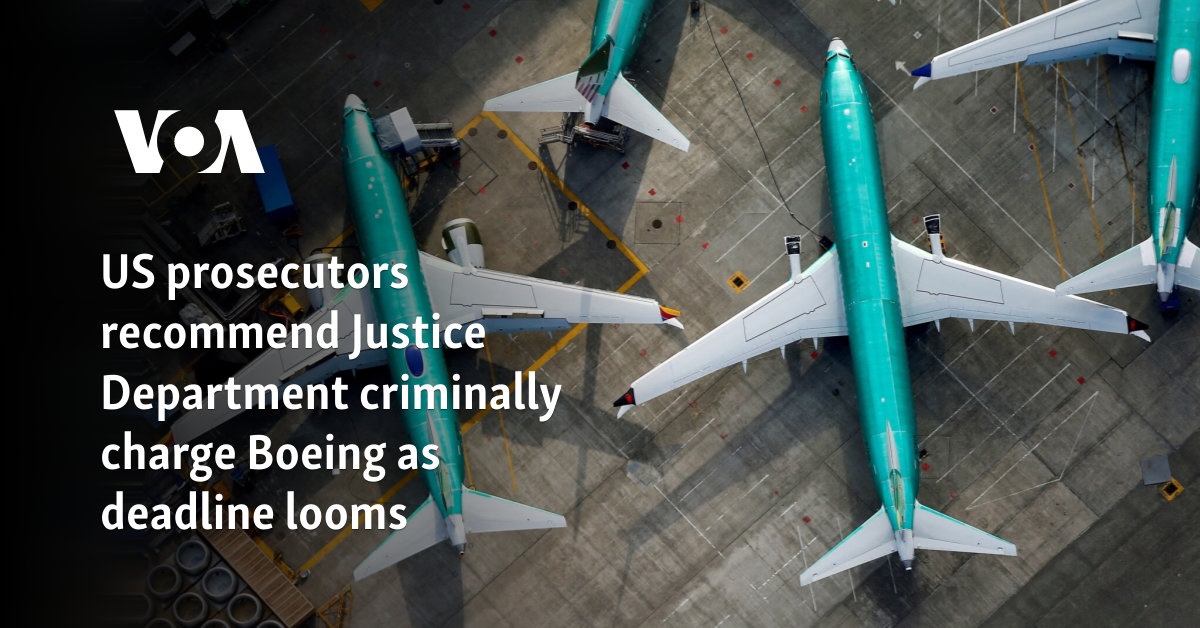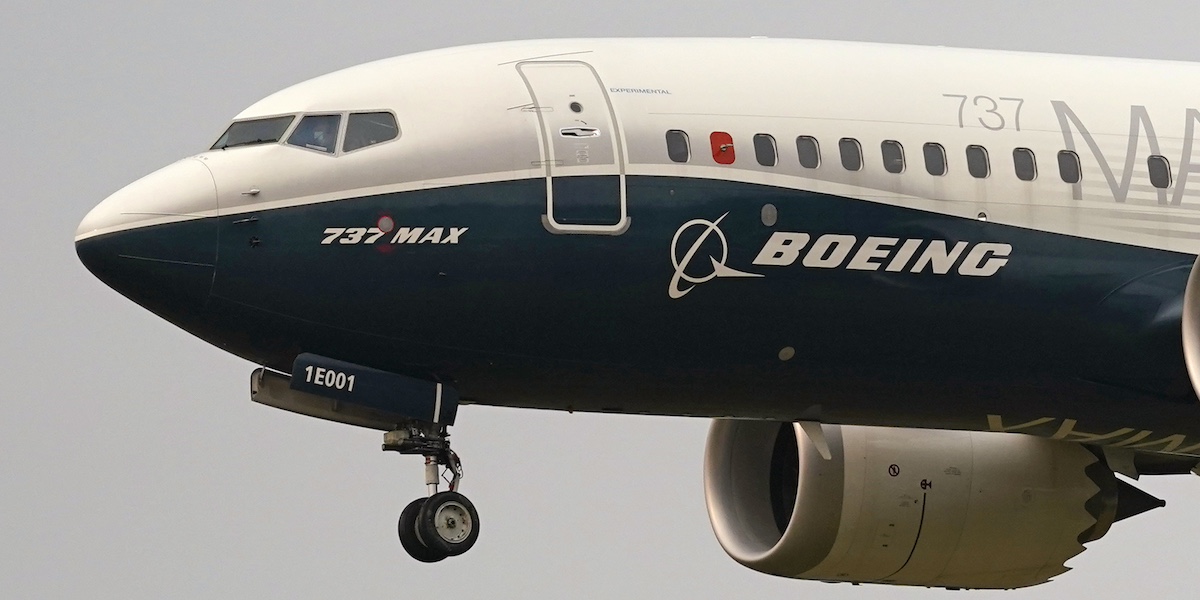Boeing Agrees to Buy Spirit AeroSystems, a Longtime Supplier
The multibillion-dollar deal will reverse a decision the plane maker made two decades ago to outsource production of key parts to independent suppliers.
July 1, 2024, 12:53 a.m. ET
By Niraj Chokshi
Boeing said on Monday that it had agreed to buy a major supplier, Spirit AeroSystems, ending a nearly two-decade experiment in outsourcing production of major components of its commercial planes, including the body of the 737 Max and parts of the 767, 777 and 787.
In buying Spirit, Boeing hopes to stem quality problems that have plagued the supplier in recent years. While it already has significant influence over Spirit, Boeing will more easily be able to monitor and change production practices by owning the business outright. Boeing has taken internal steps to improve quality, too, after a harrowing incident in which a panel blew out of one of its planes on a flight in January.
“By reintegrating Spirit,” Boeing’s chief executive, Dave Calhoun, said in a statement, the company “can fully align” its production and safety systems with its work force.
The deal, which was widely expected, was valued at $4.7 billion in stock or $8.3 billion including Spirit’s debt. It must be approved by regulators and Spirit’s shareholders to be completed. Boeing will also spin off portions of Spirit to Airbus, its European rival, as part of the transaction. Boeing said its acquisition of Spirit is expected to close by the middle of next year.
The purchase represents a strategic reversal for Boeing, which started relying more extensively on independent suppliers in the 2000s to cut costs and raise profits. Spirit was created during that outsourcing drive in 2005, when Boeing sold a division in Wichita, Kan., and operations in Oklahoma.
Besides its work for Boeing, Spirit makes components for aerospace companies including Airbus, Bombardier, Lockheed Martin, Northrop Grumman and Rolls-Royce. Boeing accounted for 64 percent of Spirit’s net revenue last year, while Airbus accounted for 19 percent. Boeing offered to buy Spirit at $37.25 per share, a 30 percent premium over Spirit’s stock price at the end of February before the two companies announced they were in talks.
Spirit’s quality problems led to a leadership shake-up last fall in which Patrick Shanahan, a former Boeing executive and a former senior Defense Department official, became chief executive. At Boeing, Mr. Shanahan was regarded as an accomplished executive who could quickly turn around troubled programs or units. He is now a leading candidate to replace Mr. Calhoun, who plans to step down by the end of this year.
But Boeing has its own quality problems. The company has faced intense scrutiny since the Jan. 5 incident in which a panel on a 737 Max 9 blew out during an Alaska Airlines flight shortly after takeoff. The panel, known as a door plug, covers the gap left by an unneeded emergency exit.
News of the Spirit agreement came hours after a report that federal officials planned to offer Boeing a plea deal in a fraud case related to a pair of fatal crashes more than five years ago in which 346 people died.
While no serious injuries were reported in the January episode, the consequences could have been far more severe had the panel blown out at a higher altitude when passengers may have been moving around the cabin. The National Transportation Safety Board has said the plane appeared to have left a Boeing factory without the bolts needed to secure the plug, and the company has said it cannot find documentation of that work. The plug had been removed so that workers for Spirit could perform repairs on nearby.
In response, Boeing has made several changes in recent months. It said it has expanded training, simplified plans and processes and increased inspections at its 737 factory in Renton, Wash., as well as at Spirit. Since March, it has also stopped accepting 737 bodies, or fuselages, from Spirit that do not fully meet Boeing’s standards. It had previously tolerated some flaws that could be fixed later, in the interest of keeping production moving.
That change has yielded significant benefits, Elizabeth Lund, a top Boeing quality executive, told reporters at the factory last week. Significantly fewer major defects need to be fixed by Boeing now, she said, and the company is able to assemble the Max much more quickly once bodies arrive in Renton.
Boeing has also said it aims to reduce its practice of performing manufacturing tasks out of sequence, also known as traveled work. Some traveled work is considered necessary, but too much can disrupt the complicated process of making airplanes, possibly contributing to defects and poor workmanship.
In the briefing with reporters, Ms. Lund also shared new detail on how the plane involved in the January flight left the plant without the door plug fully secured. After the plug was removed to make the repairs nearby, a crew readied the plane to be moved outside, putting the plug back in place without its bolts, which was not that team’s responsibility, she said.
Ms. Lund’s disclosure of new information, along with other comments in that briefing, elicited the fury of the N.T.S.B., which sharply rebuked Boeing for violating rules about speaking about an ongoing investigation.
Boeing apologized to the safety board, acknowledging that it “overstepped the N.T.S.B.’s role as the source of investigative information.”






